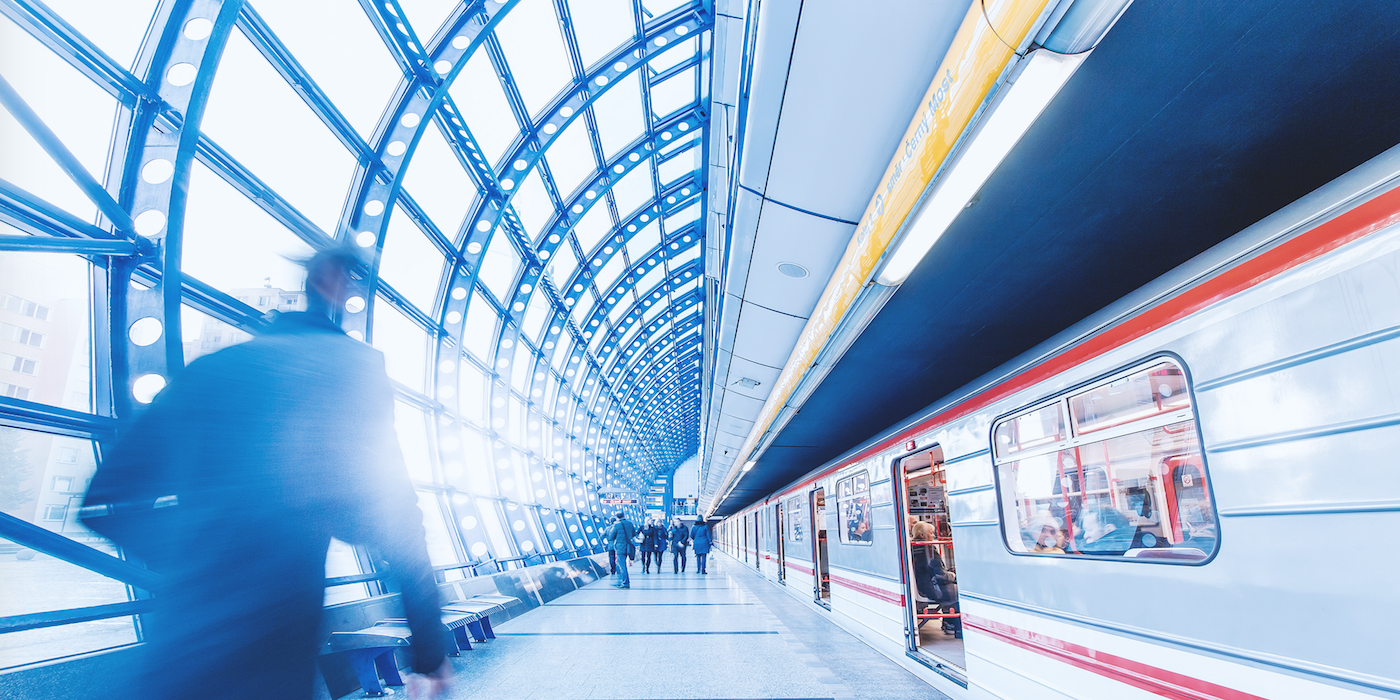Aviation and airports are changing – and the way we fly will look very different in the future. So, what can we expect, asks Nick Magliocchetti, CEO of Waves, a new data-driven airline in the UK.
New aircraft design
New technology, such as 3D printing, will allow for new aircraft and engine design possibilities. For example, there are already teams working on 3D printing new thinner, low-drag wings from layered composite materials. This will allow for the return of supersonic flights, but with far higher safety standards.
Automated aircraft inspections
Currently, aircraft need to be manually checked between each flight, which can take up to three hours, depending on the size of the aircraft. Fortunately, the future of flying will include automated aircraft checks conducted by robots and AI, which will speed-up the process considerably.
Airport security
Most of us have checked-in online or via our mobile devices, taking our boarding passes with us to the airport. This has reduced queue time and the reliance on check-in counter staff. In the future, we will be able to do the same for security.
For example, Waves uses a secure online security system to match and check identities before customers arrive at the airport. The process is approved by the BAA (British Airports Authority), so it matches the high security standards of typical commercial flights, yet drastically cuts down the time from arrival at an airport to take-off.

Augmented reality pilots
Currently in the works are helmets that include an augmented reality display. This will allow pilots to keep track of all of the controls, alerts, signals, etc more easily. It will also allow pilots to undergo more immersive training – visualizing exactly how the aircraft will react in various circumstances.
AI pilot assistance
While we expect that there will always be some sort of pilot sitting at the controls, we will increasingly begin to see AI taking the controls. At first, AI will make small adjustments to the flight course and aircraft environment in order to maximize passenger comfort and safety. As the technology gets more advanced, AI will take more of the controls away from pilots, adapting to conditions with reactions far faster than any human.
Making flying more fuel-efficient
Flying is one of the safest forms of transport, but it is also one of the least environmentally friendly. It is no surprise, then, that there are billions of dollars of investment going into developing more fuel-efficient engines and flight solutions.
One such solution is to make use of the massive amounts of data available to understand customers’ traveling behaviors and adapting to better meet their needs. For example, data can help us understand which flights, on which days, at which time of year are the most and least popular. A suitable aircraft can then be chosen for the number of passengers, rather than using a larger, less efficient aircraft.
Electric and hybrid engines
As with cars, airplanes can be vastly more fuel-efficient, using fully electric engines. Unlike cars, however, designing a fully electric aircraft engine is incredibly complicated, so they will take much longer to develop. In the meantime, we expect to see hybrid-electric fuel engines that lessen the reliance on conventional petrol.
Using data to reduce costs
We’ve already seen how data can improve fuel efficiency, but it can also be used to anticipate customer numbers in order to reduce crew requirements and engine maintenance. For example, Waves uses data to anticipate passenger numbers, allocating the most suitable aircraft. This saves fuel and means ‘planes can be staffed appropriately.
More choice of airports
Currently, most flights travel through main airport hubs, such as Gatwick and Heathrow in the UK. These airports are well-equipped, but they can also be expensive. After all, there are so many flights and passengers to handle.
However, there are thousands of local airports and hangars dotted across every country which can often be used at much cheaper rates than the main transport hubs. We will see these being used more frequently to save costs, share the burden, and help people get closer to where they actually want to be.
Getting you exactly where you want to go
As well as flying to local airports, reducing onward travel time, airlines will begin partnering with other airlines, local taxi companies, and even boat taxis in order to get travelers exactly where they want to go. Passengers will be able to travel to the closest airport to their final destination, have a taxi pick them up, and then jump on a boat for those more remote locations.

What’s more, these services will be linked seamlessly together. As soon as you step-off one form of transport, you’ll step straight onto another. Not only will this make traveling quicker, it will be far easier and stress-free for travelers in remote regions to get from A to B.
Aviation is the future of travel. By no other means can you travel as far, as fast. With so many exciting future innovations looking likely for air travel, flying will be even faster, cheaper, safer and much more environmentally-friendly.
About the author
 Nick Magliocchetti is co-founder and CEO of Waves – a new data-driven airline currently servicing the UK’s Channel Islands. Waves is predicated on the idea that technology and data can make flying cheaper, quicker, and more fuel-efficient. Waves holds an Aircraft Operator’s Certificate (AOC) for the Channel Islands, but will be expanding to serve the rest of the UK and Europe in 2018.
Nick Magliocchetti is co-founder and CEO of Waves – a new data-driven airline currently servicing the UK’s Channel Islands. Waves is predicated on the idea that technology and data can make flying cheaper, quicker, and more fuel-efficient. Waves holds an Aircraft Operator’s Certificate (AOC) for the Channel Islands, but will be expanding to serve the rest of the UK and Europe in 2018.

https://www.facebook.com/flywithwaves/





